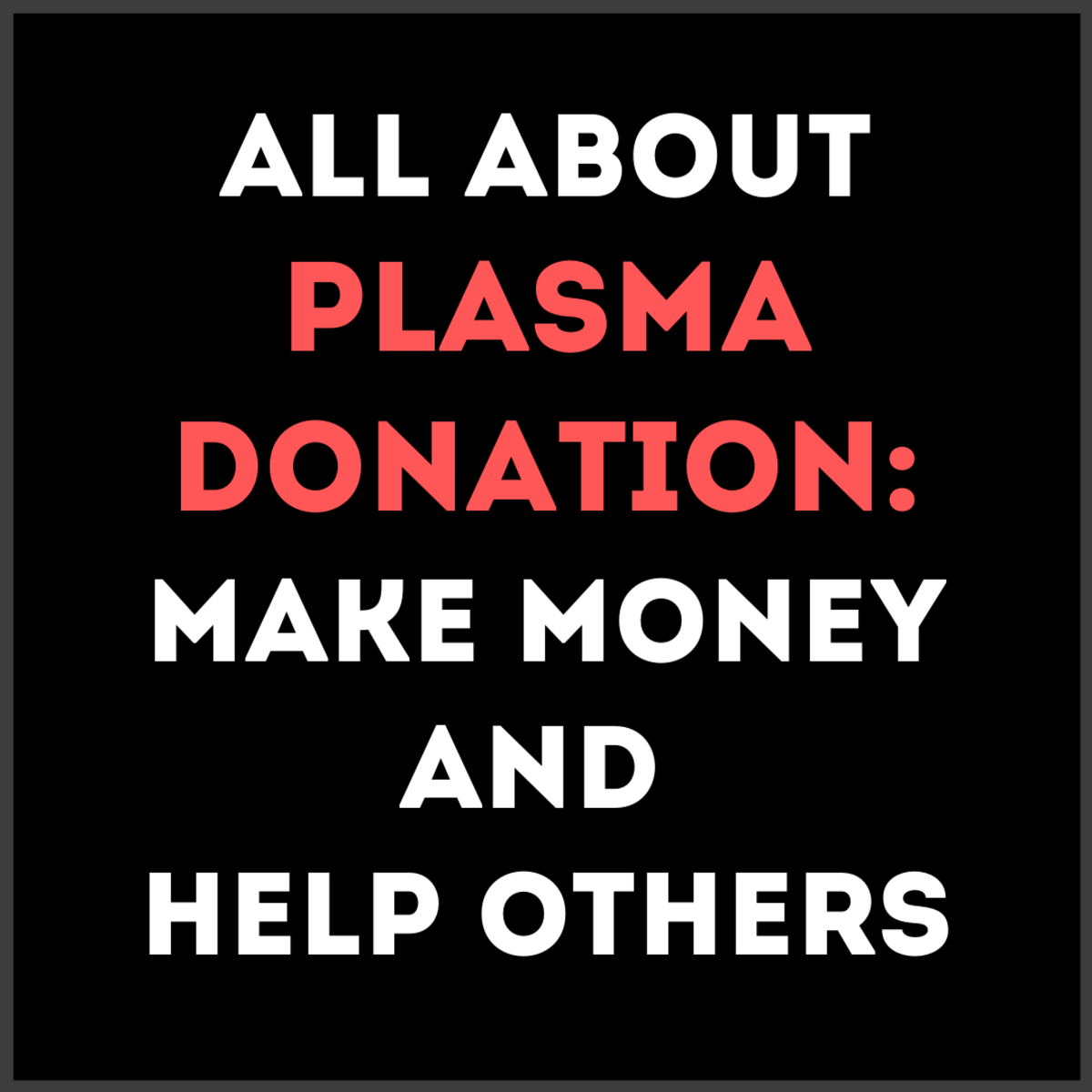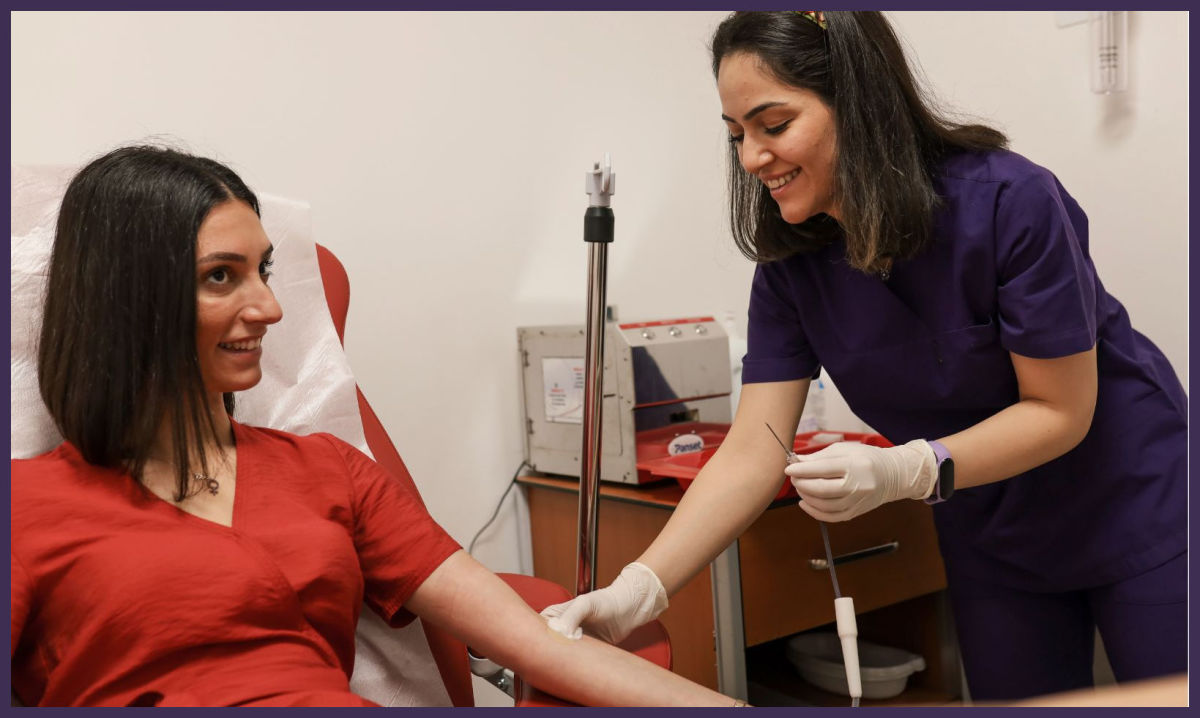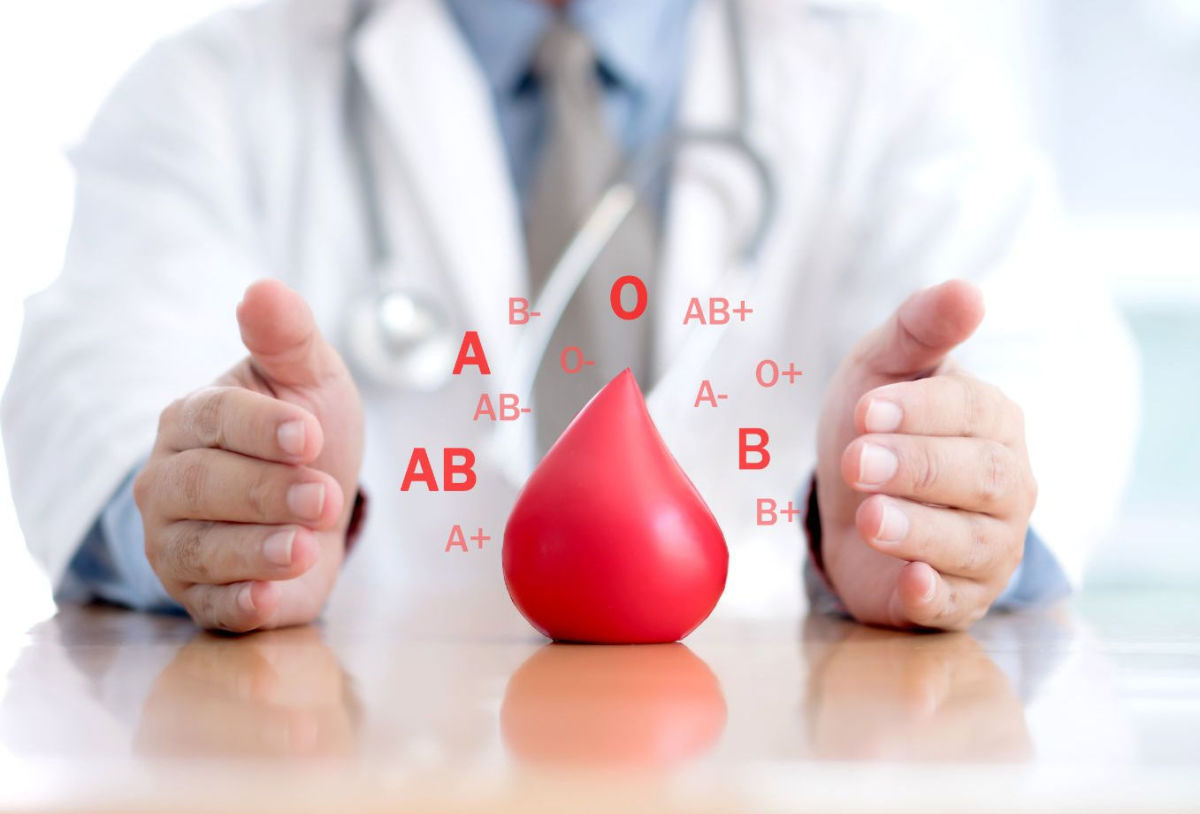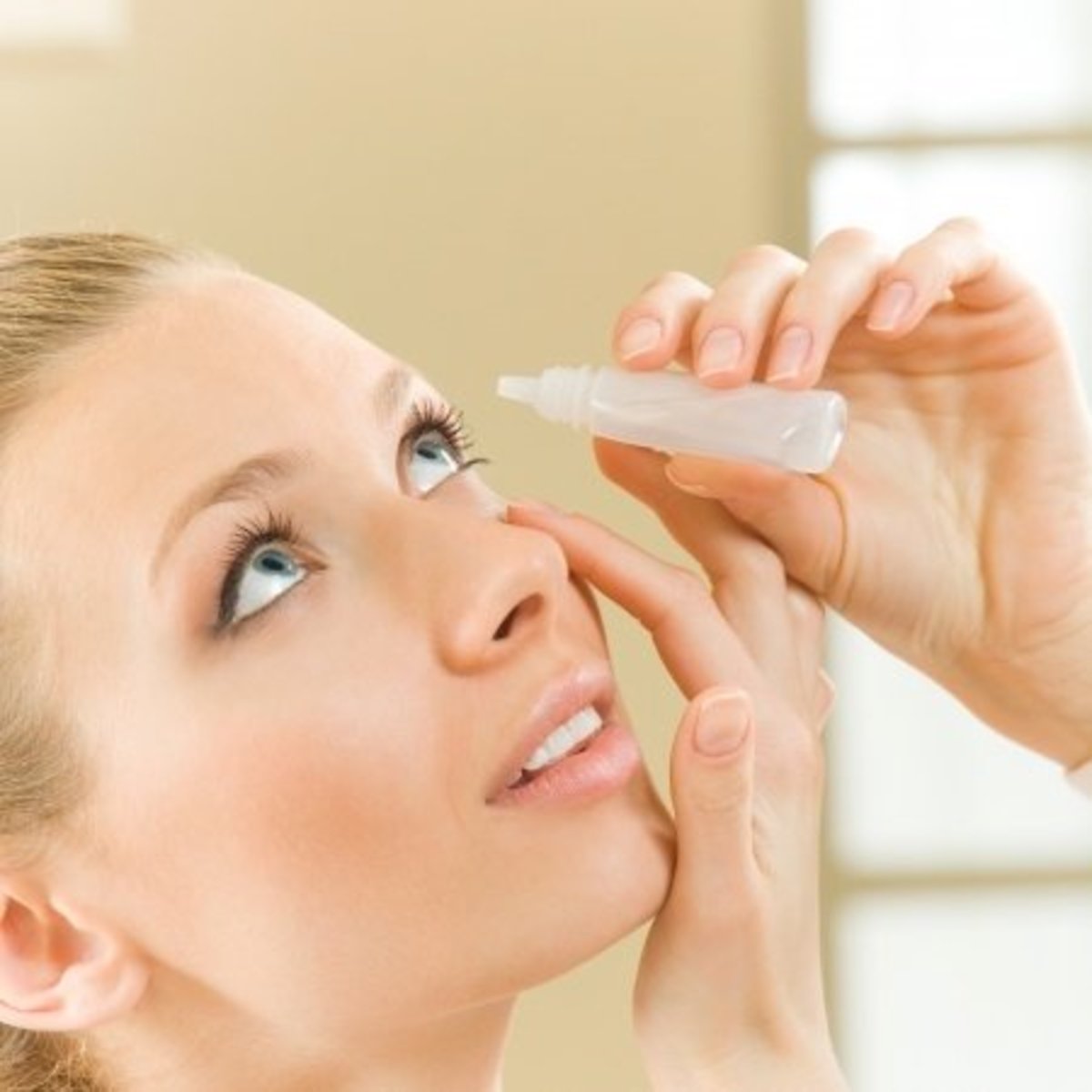Plasma Donation for Money
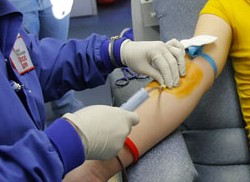
You have probably donated blood before, but did you know you can donate your blood plasma as well. Plasma is in high demand and many plasma donations centers will pay you money to donate your plasma. You are being paid for your time, not the plasma, so it is still considered a donation. Plasma donation has very little risk and is a good way to help others while making some extra money.
What is Plasma Used For
Plasma is used to make life saving treatments for a wide variety of diseases and conditions. Medical professionals may use plasma to help patients who have lost a lot of blood or during surgery to aid in blood clotting. Blood plasma is also used to research conditions like hemophilia and immunity disorders.
Who Can Donate Plasma for Money
Plasma donation isn’t for everyone. Each donation takes about 1 to 2 hours and the process involves a needle being inserted into your arm, much like blood donation. You need to be between the ages of 16 and 65, weigh 110 pounds or more and meet certain health restrictions to donate plasma. During your first visit, you will be given a comprehensive medical exam, blood test and medical history screen. If you have any communicable disease or a history of certain conditions, you may not be able to donate plasma for money. If you got a tattoo or piercing recently, use drugs, or are breastfeeding or pregnant, you also won’t be able to donate plasma.
How Much Does Plasma Donation Pay
The amount you can make donating plasma for money depends on the center you go to. Generally, you will be paid around $15 to $30 each time you donate plasma. Your body replenishes its plasma very quickly, so unlike blood donation, you can donate plasma twice a week. Plasma donation is an easy way to earn some extra money, and if you donate regularly, it can add up to quite a bit.
Risks of Plasma Donation
Donating plasma has very little risk as long as you go to a plasma donation center that is certified by the IQPP, or International Quality Plasma Program. You may experience some side effect like lightheadedness, nausea, fatigue, bruising or infection where the needle was injected or an allergic reaction to the anticoagulant that is used. If you donate plasma regularly over a long period of time, you can also experience low protein levels in your blood. You can reduce or prevent most of these side effects by eating a healthy diet, drinking plenty of water and allowing your body enough time to recover between plasma donations.
Finding a Paid Plasma Donation Center
There are several online directories that you can look through to find a local plasma donation center. Three of the most popular are:
You can also go directly to the websites of the companies who use the plasma to find plasma donation centers they work with. Not all centers will pay money for plasma donation, so be sure to check.

